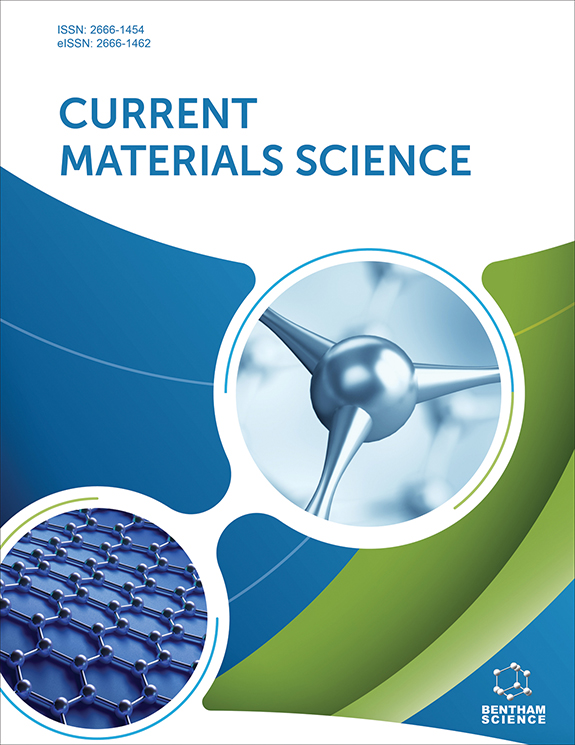Submission Tilte
Trends in Modeling and Characterization of Advanced Materials: Tools and Techniques
Submission Abstract:
Over the last decade, there has been exponential growth in the function, dynamics, and design of advanced materials, thus sustaining enhanced functional and structural properties such as electrical, biological, thermal, magnetic, mechanical, and optical at various scales. Modeling and characterization of materials provide significant information on design principles and methods for the fabrication of materials with improved and novel properties at micro- and nano-scales and elaborates composition, structure, and mechanics in materials discovery and applications for green environment. Although different modeling and characterization strategies are available, research still requires more advanced and efficient tools for the development of novel materials with desirable properties. A combination of computational/simulation modeling and experimental characterization can reveal the mechanisms governing the behavior of advanced materials. Thus, this thematic issue, in addition to conventional modeling/characterization such as finite element methods, Monte Carlo (MC) simulation, optical microscopy, infrared spectroscopy, Raman spectroscopy, scanning electron microscopy (SEM), Rutherford backscattering theory (RBS), energy dispersive X-ray spectroscopy (EDS), transmission electron microscopy (TEM), electron spectroscopy for chemical analysis (ESCA), Auger electron spectroscopy (AES), ion scattering spectroscopy (ISS), gas chromatography (GC), differential scanning calorimetry (DSC), differential thermal analysis (DTA), dynamic mechanical analysis (DMA), and thermogravimetric analysis (TGA), multi-scale simulation methods, etc., focuses on data-driven techniques such as artificial intelligence (AI), machine learning (ML), virtual reality (VR), big data analytics, digital twin (DT), and materials genome initiative (MGI) for the modeling and characterization of advanced materials. This special issue will contain articles on mechanics, structure, synthesis, modeling, characterization of surface, and interface aspects of current technological and scientific progress of various advanced materials like smart materials, multifunctional, functionally graded, meta-materials, soft materials, energy absorption materials, biomaterials, porous materials, metal foams, carbon materials, high entropy materials, metal oxides, polymers, ceramics, composites, carbon-fiber, nano-materials, construction materials, coatings, optical, dis-ordered materials, magnetic, photovoltaic, piezoelectric, radar absorbing materials, etc. 3. The aim of this special collection is: • To provide theoretical, experimental, and scientific validation to problems of mechanics and design of structure of advanced materials. • To integrate intelligent tools like artificial intelligence, nature, and bio-inspired algorithms, computational and simulation approaches, and analytical strategies to enhance the characteristics and properties of materials • To discuss advanced and analytical optimization and modeling techniques of materials by experimental/research data • To design tailored properties in materials for various applications • To analyze the surface and interior structure of materials by artificial intelligence approach • To discuss various testing strategies of advanced materials. The aim of this special issue is to include modeling and characterization aspects of advanced materials by designing novel ideas through numerical, analytical, experimental, and theoretical studies, as well as a hybrid approach and its implementation for applications in different sectors, such as biomedical, pharmaceuticals, electronic, agriculture, mechanical, aviation and automobile, etc.




